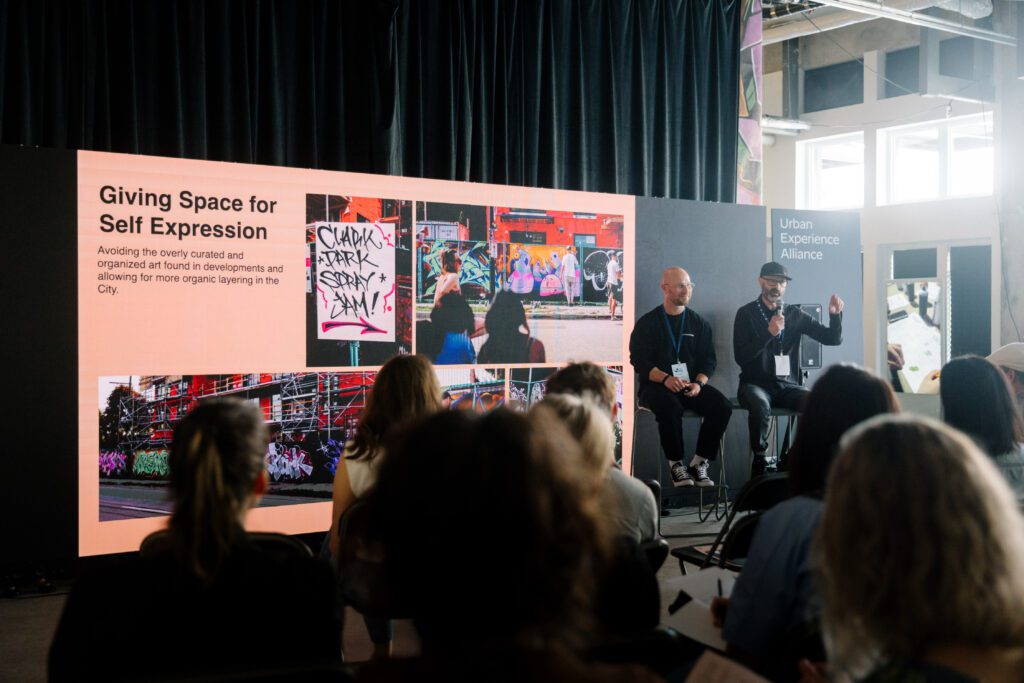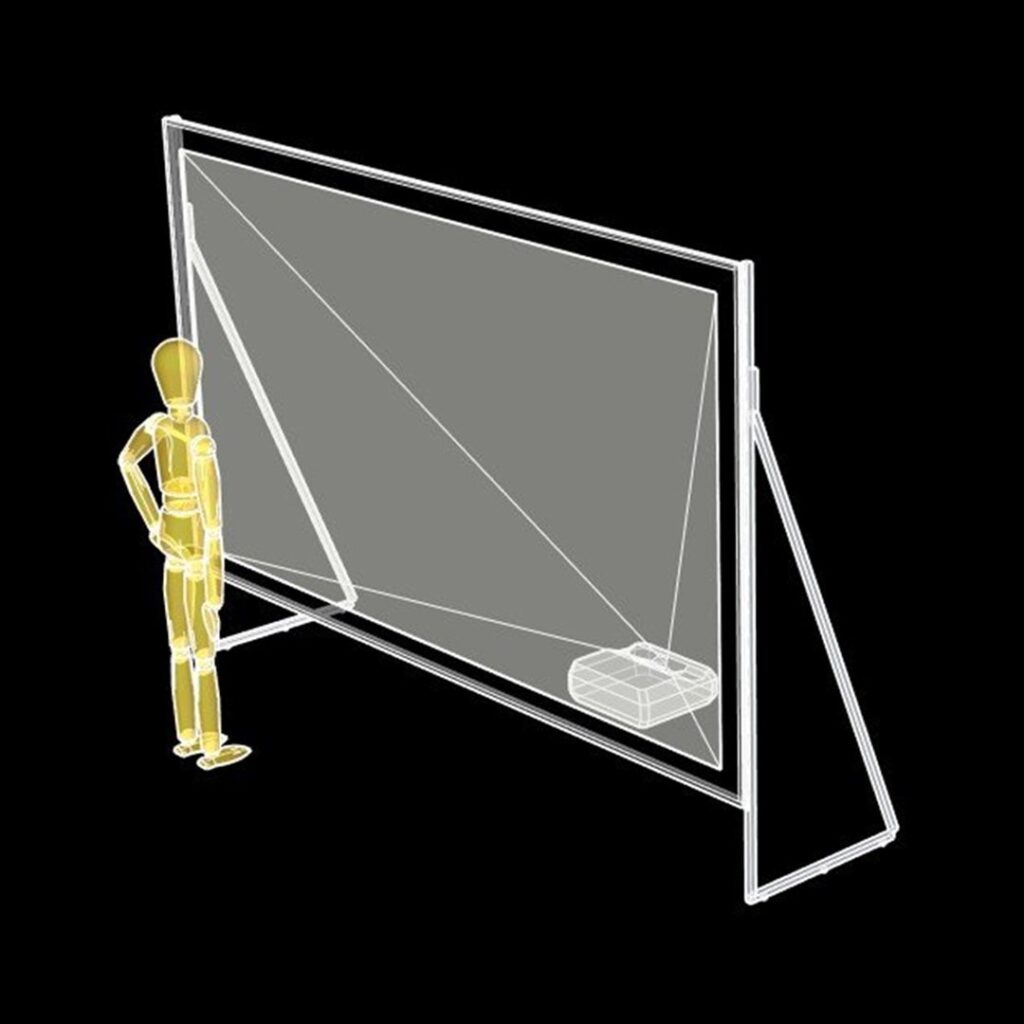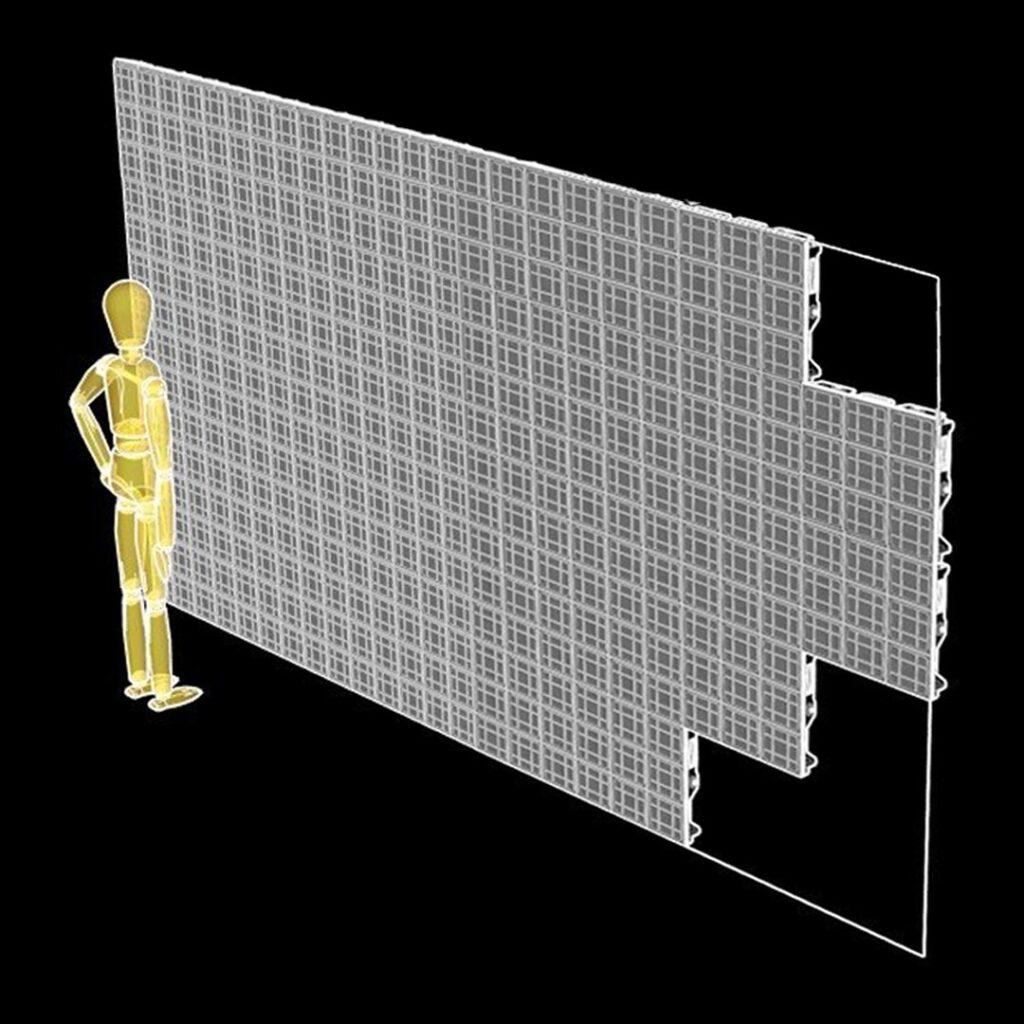What happens when the raw, unfiltered energy of graffiti meets the buttoned-up world of real estate development? Traditionally, not much. At best, graffiti is scrubbed clean before showings. At worst, it’s seen as a threat to property value. But in a bold experiment out of Vancouver, that dynamic is being turned on its head, intentionally, unapologetically, and with purpose.
We first discovered this groundbreaking project through the Urban Experience Alliance (UEA), an initiative devoted to challenging the way cities are shaped. At one of their project labs, an unlikely question emerged:
“What if graffiti wasn’t treated as visual noise—but as an essential voice in the future of urban development?“
That single question ignited a collaboration among a trio of innovative partners: FABRIC Living, Graffiti Plus, and Tangible Interaction. Each brings a different lens, but all are committed to one transformative idea: cities should reflect the people who live in them, layered, expressive, and alive.
Where Culture Meets Construction: FABRIC Living
At the center of this experiment is FABRIC Living, a real estate development company unafraid to challenge convention. Unlike traditional developers who treat public art as a final garnish, FABRIC approaches it as part of the foundation. Their philosophy is rooted in cultural integration, not decoration. And when it comes to graffiti, a medium often pushed to the city’s margins, they’ve chosen to invite it in.
FABRIC’s approach isn’t just performative. It’s deeply informed by personal experience. One of the co-founders grew up immersed in skate and graffiti culture, giving the company an insider’s respect for the language, rules, and resonance of street art. This isn’t graffiti-as-marketing, it’s graffiti as a form of urban authorship.
Through its partnership with UEA, FABRIC has begun prototyping development zones where graffiti isn’t erased, but nurtured. They’re not afraid to relinquish a degree of visual control to make room for genuine community expression, something virtually unheard of in modern real estate.

Graffiti Plus: Where Street Art Meets Smart Tech
Of course, graffiti without context risks being misread. That’s where Graffiti Plus comes in, not just as curators of the culture, but as the technology provider reimagining how graffiti can live, breathe, and evolve in urban spaces.
At its core, Graffiti Plus is a collective of experienced street artists who understand the language, layers, and etiquette of graffiti. But beyond their deep cultural roots, they’re also advancing the form through purpose-built hardware and interactive platforms designed specifically for graffiti expression in public and semi-public environments.


One of their most compelling contributions is the Digital Graffiti Experience a modular, high-performance system that allows users to create graffiti digitally, in real time, using tools that mimic the pressure, movement, and feel of a spray can. The system includes large-scale digital canvases, intuitive gesture-tracking interfaces, and projection mapping technology that brings ephemeral street art into a new dimension. Artists can layer, tag, erase, and collaborate without permanent impact on physical surfaces, but with the full expressive range of traditional graffiti.
This technology doesn’t sanitize graffiti, it amplifies it. It allows cities and developers to embrace street art in ways that are dynamic, accessible, and participatory, while still respecting the foundational values of the culture: authenticity, spontaneity, and skill.
In the context of urban development, this creates a bridge. Developers gain the opportunity to host safe, community-friendly graffiti events or installations without concerns over vandalism or property damage. Meanwhile, artists get to engage with new audiences, test boundaries, and archive their work in innovative ways.
By offering both cultural credibility and technological fluency, Graffiti Plus isn’t just supporting graffiti they’re evolving it. Their work shows that graffiti can be at once grounded in history and boldly future-facing, with tools and frameworks that invite more people into the creative process while preserving the soul of the medium.
Tangible Interaction: Making the Wall Breathe
While graffiti brings cultural resonance and emotional impact, and real estate grounds the vision in physical space, Tangible Interaction acts as the connective tissue, fusing technology, design, and sensory storytelling into something unforgettable.
Founded in 2006 by artist and creative technologist Alex Beim, Tangible began as a Vancouver-based studio exploring how people engage with technology in physical environments. What started as a bold artistic vision has grown into a global studio working at the intersection of graphic design, industrial design, sound, software, and hardware engineering.
Tangible’s work spans continents and industries. They’ve developed experiential installations for major brands like Ford, Heineken, and Adidas, as well as collaborated with performers and artists such as Arcade Fire, Cirque du Soleil, and Coldplay. But at the heart of every project is the same goal: to make technology human, tactile, and emotionally engaging.
In the context of this graffiti-focused development project, Tangible brings a suite of interactive tools and public-facing technology that allow street art to become dynamic, layered, and alive. Their Digital Graffiti Wall is a standout innovation, an immersive projection-based canvas that mimics the feel of spray paint, allowing users to tag, paint, and collaborate in real time. This isn’t just about aesthetics; it’s about participation. Tangible’s tools open up public art to more people, while honoring the skill, movement, and spontaneity that define graffiti culture.
Beyond graffiti, Tangible has a portfolio of experiential products—such as Zygote Balls, JAX, and Haven—which are available for rental or long-term installation. These pieces are designed to engage public space with light, motion, and play, offering flexible applications in everything from Olympic ceremonies to city parks to business lobbies.
Their presence in this collaboration ensures that graffiti doesn’t remain static or tokenized. Instead, it becomes part of an evolving, responsive public interface, one that reflects how people move through and interact with their city.
Tangible doesn’t just build installations, they build experiences that invite wonder. And in a project aiming to reimagine what development can look like when culture is allowed to lead, their contribution is nothing short of transformative.
Reframing the Canvas
At its core, this concept is not just about beautifying a site, it’s about asking better questions. What does it mean for a wall to have memory? What does it mean for a space to reflect its residents in real time? And what does it say about us if the only stories our cities allow are the ones written in glass and steel?
This project answers those questions not with static answers, but with dynamic infrastructure. Graffiti becomes part of the feedback loop between people and place. New work layers over old. Ideas clash, harmonize, and evolve. The wall doesn’t just display culture, it is culture, unfolding before our eyes.
A New Urban Imagination
This collaboration represents a rare and inspiring alignment, where thoughtful development meets authentic cultural expression. While real estate is traditionally guided by structure, long-term vision, and design cohesion, graffiti thrives on spontaneity, storytelling, and constant evolution. By bringing these approaches together, this project shows that cities can be shaped not just by architecture, but by the creative energy of the communities who call them home.
For the city of Vancouver, and possibly beyond, this is more than a pilot. It’s a provocation. A call to other cities, developers, and communities to think bigger, feel deeper, and build with culture, not just capital, in mind. Because the future of urban space might not be found in a master plan, but in a spray can, a blank wall, and the courage to let them speak.